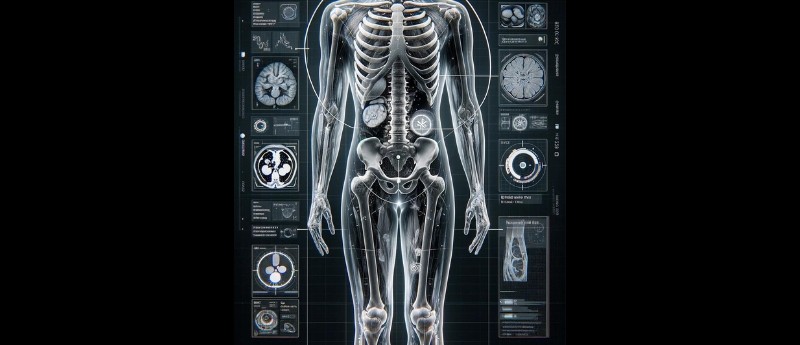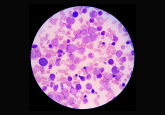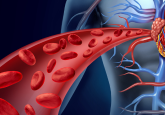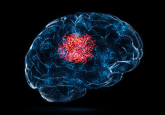AI Enhances Understanding of Body Composition in Adrenocortical Carcinoma

A new study leverages AI to quickly and accurately analyze CT images, revealing higher sarcopenia rates in ACC patients compared to those with benign adrenal lesions.
Adrenocortical Carcinoma (ACC) is a rare but aggressive tumor, with significant clinical challenges in its diagnosis and treatment. Traditionally, body composition analysis, particularly the evaluation of muscle mass, has played a crucial role in predicting clinical outcomes for various malignancies. Sarcopenia, the loss of muscle mass, is notably linked to poorer outcomes in cancer patients. However, conventional methods of assessing muscle mass via computerised tomography (CT) scans are labor-intensive and time-consuming.
Published in Nature, a recent study employed AI to analyze CT images from both a publicly available cancer imaging archive and a tertiary academic center. This technology accurately quantified body composition metrics, such as muscle, bone, and fat mass, in a matter of minutes. The findings revealed that patients with ACC exhibit higher rates of sarcopenia compared to those with benign adrenal lesions. Furthermore, functional ACCs (those producing excess hormones) showed accelerated sarcopenia compared to non-functional ACCs.
The study utilized data from the Cancer Imaging Archive and control participants from Johns Hopkins Medical Institutions (MD, US). Using the automated data analysis tool developed by Voronoi Health Analytics Ltd (Vancouver, Canada), researchers performed non-linear image processing, achieving high accuracy in tissue segmentation. The software analyzed skeletal muscle, visceral adipose tissue, subcutaneous adipose tissue, and intramuscular adipose tissue from the L1–L5 vertebral levels, providing comprehensive body composition metrics. Note that there does not appear to be an in-depth explanation detailing the AI methods that power Voroni’s segmentation tool.
The study compared 41 ACC patients with nine control participants having non-malignant adrenal lesions. Results indicated that non-malignant adrenal lesions had significantly greater skeletal muscle cross-sectional area. Among ACC patients, those with functional tumors presented with more advanced stages and metastasis, and exhibited significantly lower skeletal muscle content compared to their non-functional counterparts.
The implications of these findings are substantial. Sarcopenia’s association with worse outcomes in cancers like colorectal and gastric cancer is well-documented, emphasizing the need for precise muscle mass monitoring. The application of fully automated AI technology to ACC body composition analysis offers a potentially transformative approach, boasting a high degree of accuracy and efficiency.
Previous studies have linked mixed cortisol and androgen-secreting ACCs to poorer prognoses, aligning with the current study’s finding of relative sarcopenia in functional ACCs. The fully automated technique used in this study surpasses earlier methods in efficiency, eliminating extensive manual effort and reducing inter-operator variability.
This study highlights the potential of AI to provide rapid and precise body composition metrics, which could play a critical role in prognosticating and tailoring treatment strategies for ACC patients. Further longitudinal studies are needed to explore the impact of nutritional interventions and exercise on muscle mass and overall survival in ACC patients.





